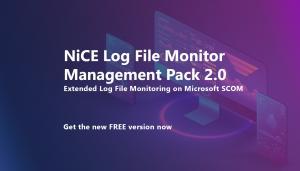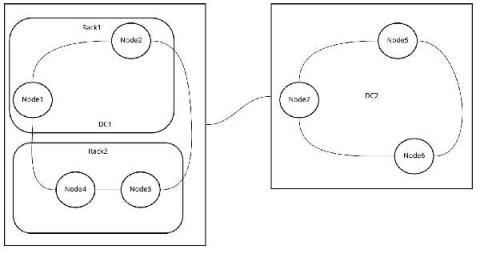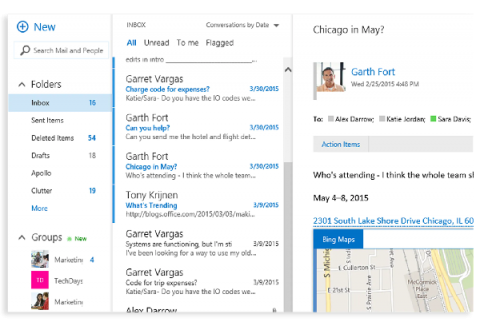NiCE Log File Monitor Management Pack 2.0 for Microsoft SCOM
The NiCE Log File Monitor Management Pack 2.0 is a FREE solution supporting the SCOM Community in next-level log file analysis. It helps IT performance and security data analysts identify errors causing transactions and queries to take too long or not run at all. Software-related bugs, security issues, or erroneous configurations that impact website or application performance are figured out quickly by employing improved templates for alert rules, performance rules, or monitors.










